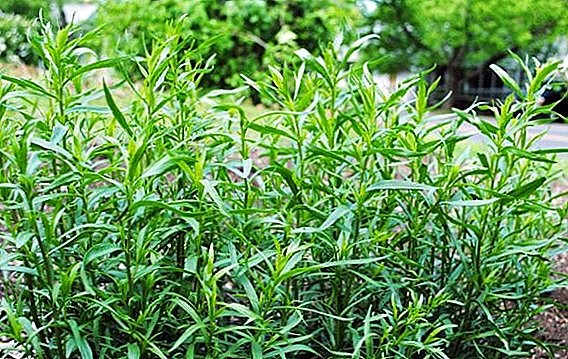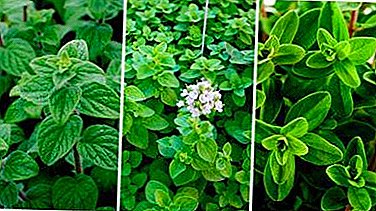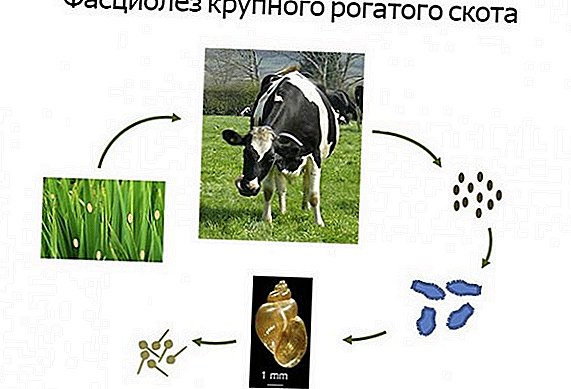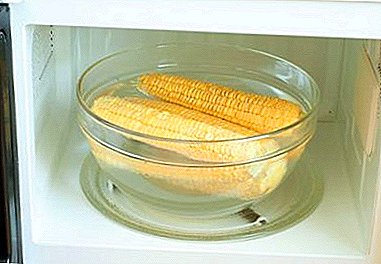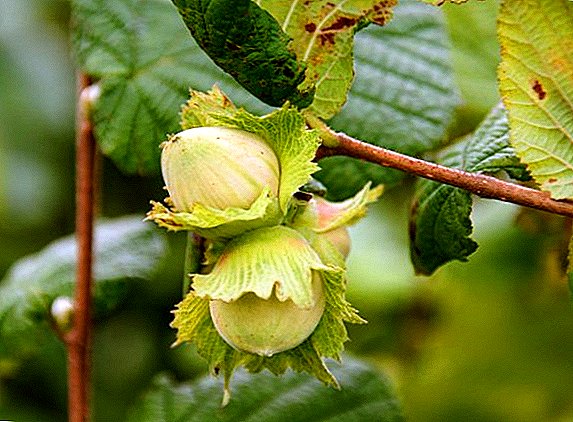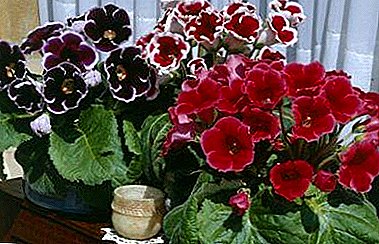 Goat owners often complain that the animal has significantly decreased milk yield or completely lost milk. To understand the reason for reducing milk yield, it is necessary to analyze the conditions in which goats are kept, as well as what and how they are fed.
Goat owners often complain that the animal has significantly decreased milk yield or completely lost milk. To understand the reason for reducing milk yield, it is necessary to analyze the conditions in which goats are kept, as well as what and how they are fed.
Is it necessary to fear the fall of milkiness
A goat does not always give the same amount of milk per day. After lambing, milk yield gradually increases and reaches a peak by about the fifth month in stall-pasture cultivation. Further, it begins to gradually decline. If a goat is kept in a stall all year round (without grazing), the milk yield is always about the same, but it also starts to decrease gradually after 4 months of lactation. This is due to the fact that animals enter into a period of readiness for mating and bearing the offspring.
Did you know? Goats have rectangular pupils of the eyes. This unusual form of pupils gives them a more complete overview than people and animals with round pupils. Goats can see with peripheral vision at 320-340 degrees is almost everything except what is right behind them. The disadvantage of a rectangular pupil is the inability to look up or down without moving your head.
Possible causes of missing milk
By delaying the output of milk, the goat's body is prepared for the difficulties of the perinatal period, storing healthy substances and fat. The extent to which milk production decreases is directly dependent on the breed of the animal. For example, dairy breeds of goats (Zaanenskaya) lower milk yield less, and in meat or downy breeds lactation decreases rapidly. The drop in milk yield in the artiodactyls is directly related to age. Over time, a hormonal alteration occurs in the body of an artiodactual, simultaneously with changes in the mammary gland. 
If milk yield begins to fall, the owner must carefully adhere to the correct content of goats. It is very important to feed them in time and fully and properly milk them. It is advisable to consult with a veterinarian or livestock specialist and get recommendations for the care of animals, as well as de-worming and preventive vaccinations.
Also, the reason why a goat produces little milk may be the temperament and character of the cloven-hoofed. Excellent dairy animals are calm individuals, not pugnacious. Temperamental and aggressive goats milked much worse and with high differences in quantity. Stress affects their yield, so milk is lost after such excitement in such animals. When purchasing a goat, it is advisable to choose a pet with a calm and balanced character.
Did you know? A four-chamber stomach helps goats digest hard roughage such as grass and hay. First, the food enters the scar, and then goes into the second part of the stomach (reticulum), where non-digestible objects are separated. In the next gastric chamber (omasum) food is separated from the water and, finally, enters the "true" stomach, abomasum.
Also, milk yield falls on the wrong livestock:
- Half of the responsibility for milk yield lies on the feed, any deviation from the correct diet causes a decrease in goat productivity. Feeding an artiodactic should be adjusted to its physical condition. Equally bad both constant changes in feeding and annoying uniformity of feed. At the same time, the diet of animals often lacks important elements: there is no dried legumes - protein deficiency; no combined feed, grain - this is a lack of calories; lack of mineral salts - animals should be given rock salt-lizunets or mixed with microelements and vitamin premixes in feed.
- Improper diet, in addition to reducing milk production and reducing the quality of the product, adversely affects the body state of the artiodactyls.

- Milk yield and food poisoning, so you can not use substandard food: hay with rot or mold, grain mixed with soil or sand, toxic plants or herbs treated with insecticides and herbicides.
- Water plays an important role in the quantity and quality of the milk produced. If the animals drink dirty water or do not have access to water at all, the yield falls. The drinking water of an artiodactyl should not only be clean, but not too cold (+ 10 ° C).
- The conditions in which they contain dairy goats also affect milk production. It is unacceptable when animals are kept in winter in a cold barn, where it is damp and drafts, and in summer they all graze in the heat of daylight hours.
- It is necessary to pay attention to the content of the artiodactyl. The fact that the goat is milked regularly should not prevent her from carrying offspring. Sometimes a decrease in the amount of milk is the result of improper, uneven milking. If the goat is not properly milked, part of the milk will remain in the udder, after a while the animal’s body will produce less. The livestock breeder should remember that the frequency of milking directly depends on the size of the udder and milk production, as well as the lactation period.
Did you know? Goats have an incredibly mobile upper lip, which helps to tear juicy leaves from prickly branches.
Inadmissible conditions in winter:
- dim light in the room;
- increased air humidity;
- not ventilated kozlyatnik;
- heat or cold;
- cold drink;
- lack of feed.
Udder Diseases
The reason for the decline in milk may be a disease or physical injury. In order not to miss the first signs of indisposition, the owner needs to carefully observe the animals: is there a change in behavior and well-being, how is the feeding going, whether all food is eaten. If it becomes clear that the animal is sick, call a veterinarian or zootechnician. The veterinarian will prescribe treatment and tell you why there is less milk in the goat and how to restore the milk yield.
Mastitis
In most cases, mastitis begins with a subclinical form. There are no clearly expressed signs, but the onset of the disease can be suspected due to a decrease in milk yield, since destructive changes occur in the tissues of the glands. No less dangerous and hidden mastitis - mastitis milk quality deteriorates and reduces shelf life. Subclinical mastitis can only be determined by test results. 
Symptoms of mastitis:
- In sick animals, the yield gradually decreases, often to the fourth part of the normal yield. The consistency of milk changes, an impurity of oil appears in it.
- In the case of catarrhal mastitis, a decrease in the density of milk is observed - it becomes watery, easily divided into fractions (water and fat). Purulent inflammation is accompanied by the release of pus or blood into the milk.
- The nipples also change, the skin reacts painfully to irritation. Often the nipple canal clots.
- The formation of milk not only drops sharply, but after 2-4 days lactation can completely stop.
- The animal is observed depressed, painful condition and fever.
- Purulent mastitis often turns into abscesses. The patient part is enlarged, painful, tense. The skin on the udder is swollen, red and hot, the lymph nodes are clearly visible.
- Poultices, ointments and other products are not suitable for the treatment of mastitis. The disease is treated only with antibiotics.
Read more about the causes and treatment of mastitis in goats.
Injuries
Animals may be damaged by grazing, for example, to cling to the knot and severely damage the skin of the udder. It is also not uncommon to have fights between goats in the herd, after which there are injuries from horns, hoofs, and teeth bites. To prevent this from happening, the owner needs to watch the goat herd and isolate especially aggressive and pugnacious animals.
It is necessary to calm the injured goat, gently handling it, and then carefully examine the sore spot. If there is no danger, the wound should be washed with water, then disinfected with peroxide and apply a bandage with a wound healing ointment or sprinkle with streptocide. When receiving serious injuries to the animal, it is advisable to invite a veterinarian, you may need medical treatment.
The injured animal is temporarily isolated from the herd. After recovery, the artiodactal is run back to the goats. 
Violation of conditions of detention
Drops of milk and the occurrence of diseases can be avoided by observing the basic rules of hygiene and animal care. The goat must be kept in proper conditions: a clean, dry room (without drafts), a diet consisting of good feed (poor silage, and overfeeding can be fatal).
Malnutrition
In small farms (especially in winter), feeding with one type of feed is often practiced until it ends. For example, animals are fed fodder beets until it ends, and then abruptly transferred to hay or grain. Then the animals immediately give another the same monotonous type of food. This is wrong, as it has a bad effect on the appetite, the animals refuse to eat or do not eat the proper portion. Moreover, with such feeding the goats often lack any nutrients.
We advise you to read what to feed the goat.
Ways to solve the problem
Quite often, milk yield drops sharply after an unexpected change in the type of feed, for example, when transferring animals from pasture to keeping in a stall, and vice versa. Breeders soften this period, including hay in the autumn ration (to replace fresh grass), and in spring feeding they include coarse feed to make the transition to green grass smoother. It is advisable to plan out the animal ration for several months ahead of time, and at the end of one or another feed, gradually reduce its quantity due to the use of other products.
Diet for consistently high yields
In order for the goat to be healthy and give a lot of milk, the diet of the animal needs to be balanced. It must be high in calories, and also contain proteins, minerals and vitamins. To reduce costs, such foods as hay, silage are included daily in the diet. All year round, except for winter, goats should be grazed daily. These unpretentious animals can eat well even on low-quality pastures, they even eat weeds and branches of the bush. 
Supplementing the diet with cereal mixtures is important for providing extra calories and protein, especially during lactation. Grain mixtures may contain an admixture of minerals and vitamins. Grain feeding should be limited, because a high-calorie diet with low fiber intake can lead to scar health problems (for example, indigestion, acidosis) and a lower fat content in milk. High-calorie nutrition is important for high yield, while protein and fiber affect the quality of milk.
Feed usually does not contain enough minerals, and supplementation is required. To do this, use the mineral mixture of salts with calcium, phosphorus and trace elements. Legumes (for example, alfalfa, clover) contain a sufficient amount of calcium, in addition to them only phosphorus is added.
If pasture is the main source of food, then vitamin supplements are not critical. If you use only hay or silage, you need an extra vitamin (A, D, and E).
When choosing food doses, it should be remembered that food should meet the needs of the animal for a specific period (reproduction of offspring, peak lactation, preparation for breeding).
Important! Goat milk has many qualities that make it a very valuable food product. Its structure and composition allow it to be used as a substitute for cow's milk in baby food, for people who are allergic to lactose, as well as for convalescent and elderly people. Cheese and yoghurt are made from goat milk.
Proper milking
Lactation of the milk goat lasts up to 300 days, during which time the animal produces between 60 and 3000 kg of milk. The volume of production depends primarily on the breed and the level of nutrition.
Goats are milked by hand or using milking machines. Milking lasts an average of 6-7 minutes, a one-time milk yield is about 2 liters. Milking with the help of milking machines takes about 3-4 minutes.
In order for the goats to be milked well, it is important to ensure the comfort of the animals and minimize the stress during the milking. The best solution is to build a milking stall that will keep the goat in the same position. 
In front of the stall, a food tray is installed, from which the goat (during milking) can eat. Thus, the nursery during the milking is busy eating and does not pay attention to human activity. At the same time, the owner can fully control the feed intake of animals. Medicines, minerals or vitamins can be given to the goat along with the feed.
Usually, adult goats are milked at least twice a day, producing much more milk in the morning than in the evening. It should be borne in mind the dependence of the amount of milk not only on the time of day, but also on the season. In the spring and in June, the goat gives more milk in the morning (by 30-40%) as compared to evening milking, and from the second half of summer to September the gap in milk yield becomes quite significant (60-75%).
Important! Goat meat contains more protein and mineral salts than sheep or beef, and also has less intramuscular fat.
Why there is no milk after lambing
Sometimes it happens that after the birth of a goat, the goat's milk is completely gone or little. Sooner or later, any livestock breeder can face this problem.
Possible reasons:
- after lambing, the udder is badly or improperly divided;
- the development of mastitis after childbirth;
- the female was not in the run before the lambing;
- lack of succulent feed (beets, pumpkins, raw potatoes);
- poor nutrition;
- goat postpartum complications.

It happens that kids refuse to breast milk, as it takes on a bitter taste. The bitterness in milk can be explained by the fact that a goat eats branches of a maple or wormwood, which affect the taste of the product.
There is always a good reason for the drop in milk yield. This may be a disease of the udder, insufficient or improper feeding, failure to comply with the rules of keeping animals. Once the cause of the drop in lactation is determined, you can decide what to do to correct the situation.




